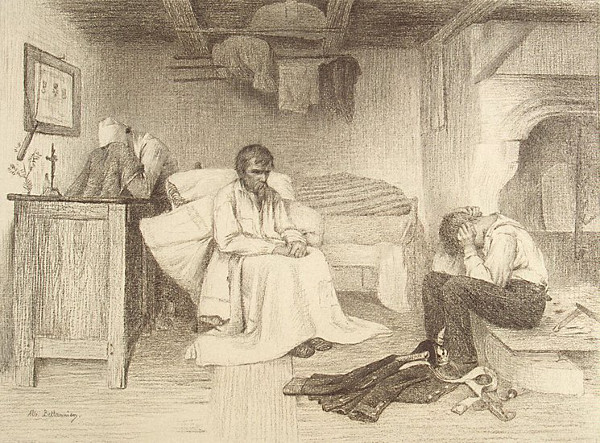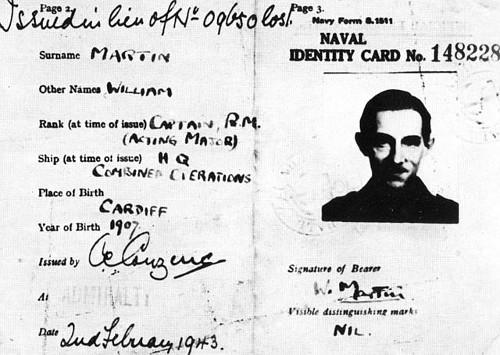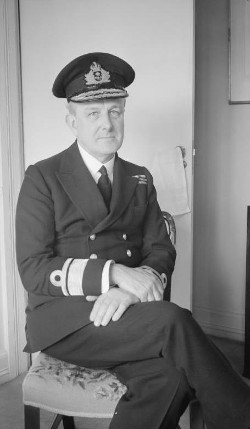A reader passed this along — in a lecture at the University of Maryland (starting around 34:18), Douglas Hofstadter presents Napoleon’s theorem by means of a sonnet:
Equilateral triangles three we’ll erect
Facing out on the sides of our friend ABC.
We’ll link up their centers, and when we inspect
These segments, we find tripartite symmetry.
Equilateral triangles three we’ll next draw
Facing in on the sides of our friend BCA.
Their centers we’ll link up, and what we just saw
Will enchant us again, in its own smaller way.
Napoleon triangles two we’ve now found.
Their centers seem close, and indeed that’s the case:
They occupy one and the same centroid place!
Our triangle pair forms a figure and ground,
Defining a six-edgéd torus, we see,
Whose area’s the same as our friend, CAB!
(Thanks, Evan.)





